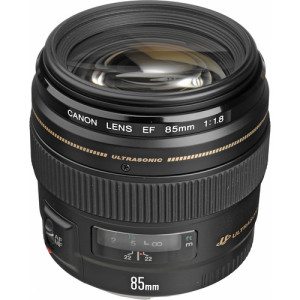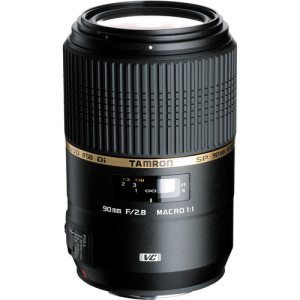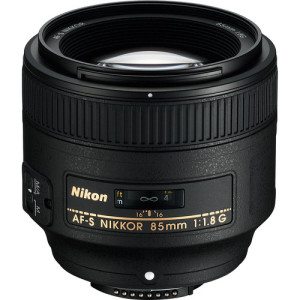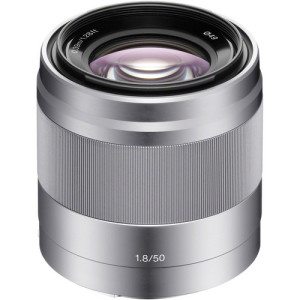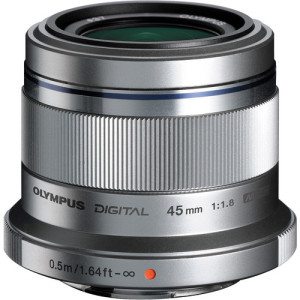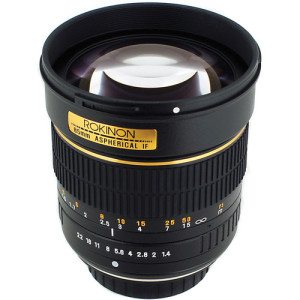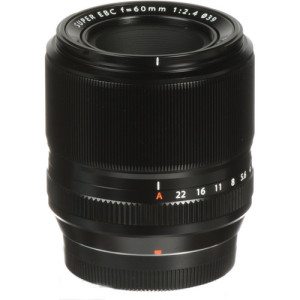Last Updated on 01/19/2014 by Gevon Servo
Whether photography is your hobby or you’re looking to make it into a profession, portraits are one of the best ways to flex your creative skills. There are some lenses that are very good and that may even stay in your camera bag for a long time. These lenses are indeed so extraordinary that you’ll eventually find yourself trying to justify an upgrade after you’ve grown with it so much.
And most of these lenses are well under $1,000. After our years of reviewing and testing optics, we’ve compiled some of the best just for you–and these ones won’t make your wallet bleed.
Canon 85mm f1.8 USM
This lens, though a bit dated, is a bread and butter essential for anyone getting into the Canon EF system–or at least it will be at one point in their life. It is incredibly sharp and remains to be one of the fastest focusing lenses that the company has ever made. It even can hold its own with the new STM motor technology. Our only beef with this precious gem is the fact that it can fringe quite a bit in the high contrast area, but if you’re shooting portraits, you’re bound to also be bringing your images into Lightroom or Photoshop to fix any of that.
On a personal note, this lens is also unbelievably tough. I’ve had mine fall out of my camera bag onto the concrete and roll down the sidewalk into the street by accident. It survived without a scratch and didn’t need any readjustment done to it. That doesn’t mean we’re telling you to do the same thing though.
In terms of what Canon offers, there is this lens and their much more expensive f1.2 L version. If a photographer isn’t going for a 70-200mm f2.8 lens instead, they go with and often stick with this–only later to perhaps move up to Sigma 85mm f1.4 EX or splurge for Canon 85mm f1.2 L II. However, that optic is one of the company’s slowest to focus.
Get Yours: Amazon, B&H Photo, Adorama or Borrow Lenses
Tamron 90mm f/2.8 SP Di MACRO 1:1 VC USD
At the moment of writing this post, we’re currently testing this lens out. However, we’ve been quite impressed with its quality. Macro lenses, by their very nature, are designed to be super sharp. The reason for this is because the lenses will possibly be stopped down quite a bit (maybe to f32). But also, Macro specialists demand absolute sharpness more than anyone else.
To boot, this lens has Tamron’s Vibration Compensation–and in our tests we haven’t shot a single blurry image yet. Just to be clear, we’ve shot down to 1/30th of a second with this lens with no problems at all.
Tamron has always made excellent lenses, but now they’ve seemingly increased the effectiveness of their Vibration Compensation–which is better for you. It’s also nice to know that when you’re not shooting creepy crawlies or pennies, you’ll be able to turn this into an effective portrait lens.
And since it comes in at below $1,000 we really can’t recommend anything more beyond this. What more could you ask for?
Get Yours: Amazon, B&H Photo, or Adorama
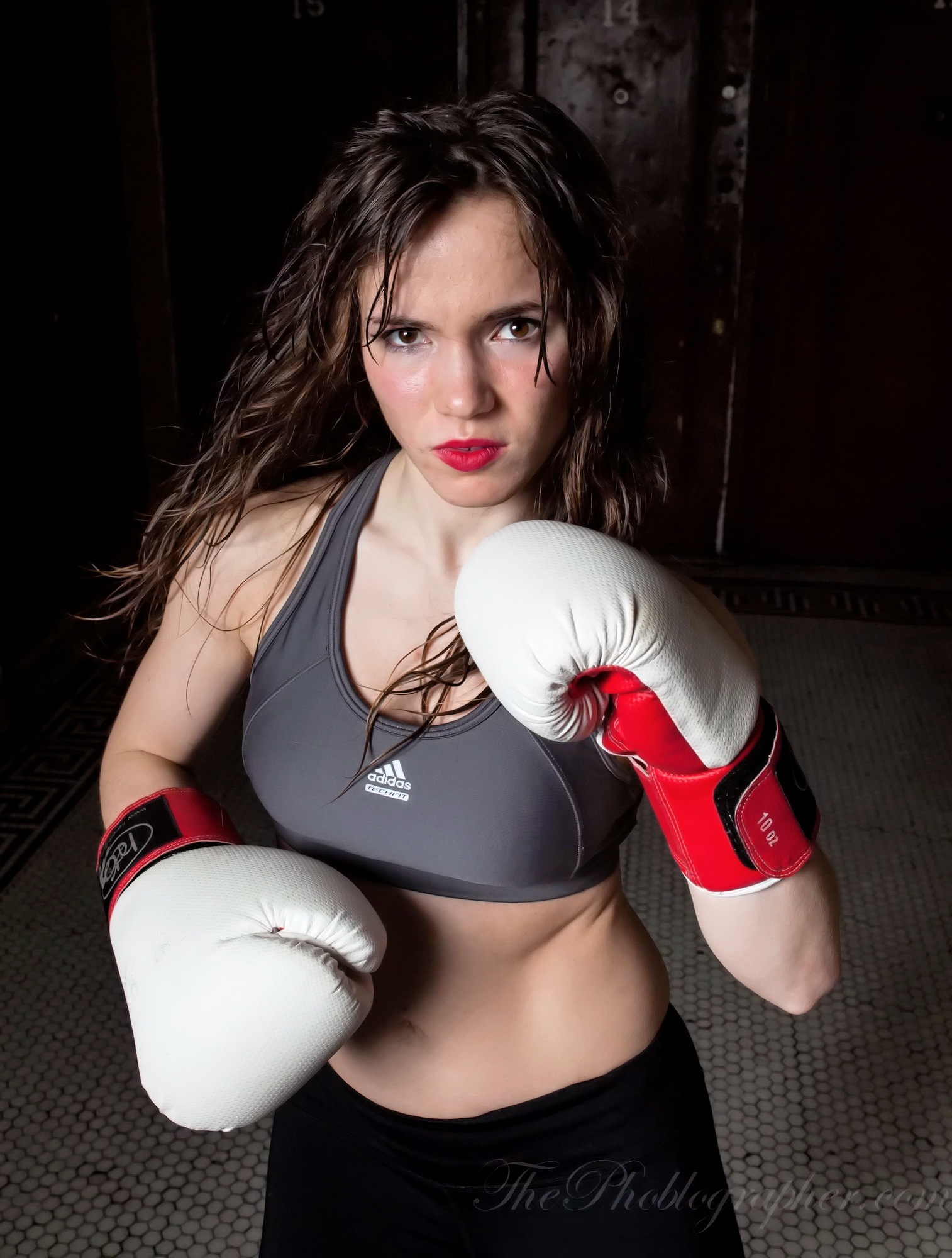
Nikon 85mm f1.8 G
We spent a lot of quality time with Nikon’s 85mm f1.8, and not only were we extremely impressed with the images we yielded, but also by how affordable they still made the lens. The new lens is a recent refresh to the camera’s lineup and delivers some of the creamiest bokeh and sharpest performance that we’ve seen. Our tests are right up there with the findings from DxO Mark. Even more attractive is the fact that we found nearly no distortion and chromatic aberration with this portrait gem. On an APS-C sensor, it will render an approximate 127mm field of view, which is a bit of an unconventional focal length but many people tend to love it and work with it.
Since Nikon refreshed the lens recently, won’t be wishing for a newer version so soon. Lenses generally have a 10 year life span and will far outlive the effectiveness of your camera.
Because this is a G lens, it isn’t optimized to work on Nikon’s film cameras. So if for any reason you want to load an old Nikon film camera up with Kodak Portra, you’ll be out of luck.
Get Yours: Amazon, B&H Photo, Adorama or Borrow Lenses
Sony NEX 50mm f1.8 OSS
This lens is the unsung hero of the list. Though the Sony NEX system has grown tremendously popular in the past couple of years, not many are quite aware of what is perhaps the system’s sharpest optic. The 50mm f1.8 will render a 75mm field of view on the NEX APS-C cameras. We found nearly no distortion and only a tad of vignetting. But the most important thing is that we almost never wanted to stop this lens down. The bokeh is incredibly smooth and the details are crisp and clean.
If you’re going to be using this lens, we should also let you know that it features OSS–which is Sony’s Optical Steady Shot stabilization system. So when you’re shooting with this lens, you’ll also have some sort of image stabilization to help ensure that you snap sharp portraits. Still, we’d overall recommend that you affix this lens to a camera that has an EVF or that can accept one via the hot shoe. The reason for this is to allow you to have the most positively still and blur free image due to you holding the camera in closer to your body.
Trust us when we say that when you get this lens, you won’t be looking back at all.
Get Yours: Amazon, B&H Photo, or Adorama

Olympus 45mm f1.8
The Micro Four Thirds creme de la creme is the 75mm f1.8 when it comes to portrait optics, but the 45mm f1.8 should positively never be counted out. On a Micro Four Thirds camera, this lens will render a 90mm field of view and we were floored by just how sharp it was wide open. The bokeh admittedly wasn’t always something to write home about, but the pure sharpness had us calibrating our monitors to ensure that we were seeing things right. Indeed, this is one of the most killer lenses for the system.
The cameras where this lens will be most effective will be on the Olympus series of Micro Four Thirds cameras–and even more so on one with a viewfinder like the OMD EM5. The reason: Olympus has built in sensor stabilization and at 90mm, you’ll need some extra insurance to get a perfectly blur free image.
That isn’t to say that Panasonic users can’t take advantage of what this lens has to offer, but it also won’t focus as snappily on your cameras as it will on an Olympus due to the way that the focusing algorithms work. However, it is still overall the best option in the system without breaking the bank.
Get Yours: Amazon, B&H Photo, Adorama or Borrow Lenses
Rokinon 85mm f1.4
As the only manual focus optic on this list, we’d be doing you a great injustice by not including Rokinon’s crown jewel for portraits. This lens has been highly rated by many reviewers as one of the best and sharpest portrait optics available–and we have to agree. The focusing is buttery smooth and the lens also has a full manual aperture. But once you have your subject’s eyes in focus, you’re bound to photograph something that will have you talking about just how gorgeous the photos are.
Now we must warn you: the users that will take the best advantage of this lens are those that have their versions with an AF confirmation chip. However, Sony users with an SLT camera will also have smooth sailing due to Sony’s focus peaking feature which shows you exactly what is in focus by displaying special lines in the viewfinder.
If you can tame this extremely affordable beast, you won’t be sorry with the output that it can deliver. Rokinon lenses are made in Korea and differ greatly from Vivitar–the company’s former partner. These optics have been revamped to create even better images.
Get Yours: Amazon, B&H Photo, or Adorama
Fujifilm 60mm f2.4 Macro
The X series of cameras benefit from X Trans Sensors–which help to resolve lots of detail as part of their design. But Fujifilm has also had years of producing medium format and large format optics. And their 60mm f2.4 Macro lens for their X series cameras is no slouch. It is reported to be just as sharp as the 35mm f1.4 but also has an added Macro ability. As with everything Fujifilm, don’t only expect quality sharpness but also excellent bokeh. Plus, it’s perfectly balanced in terms of ergonomics for the X series of interchangeable lens cameras. So when you’re in the studio, you’ll be extremely happy with the feel.
By association, the X series cameras have always had an emphasis on working with ambient lighting due to their rangefinder like design and aesthetics., and the sensor was optimized for that due to the fact that you’ll get very low noise at higher ISOs. On an APS-C sized sensor, however, you’ll still see a 90mm equivalent field of view. And to get even sharper images, we recommend shooting at a lower ISO and adding in flash or some other sort of light.
Get Yours: Amazon, B&H Photo, Adorama or Borrow Lenses
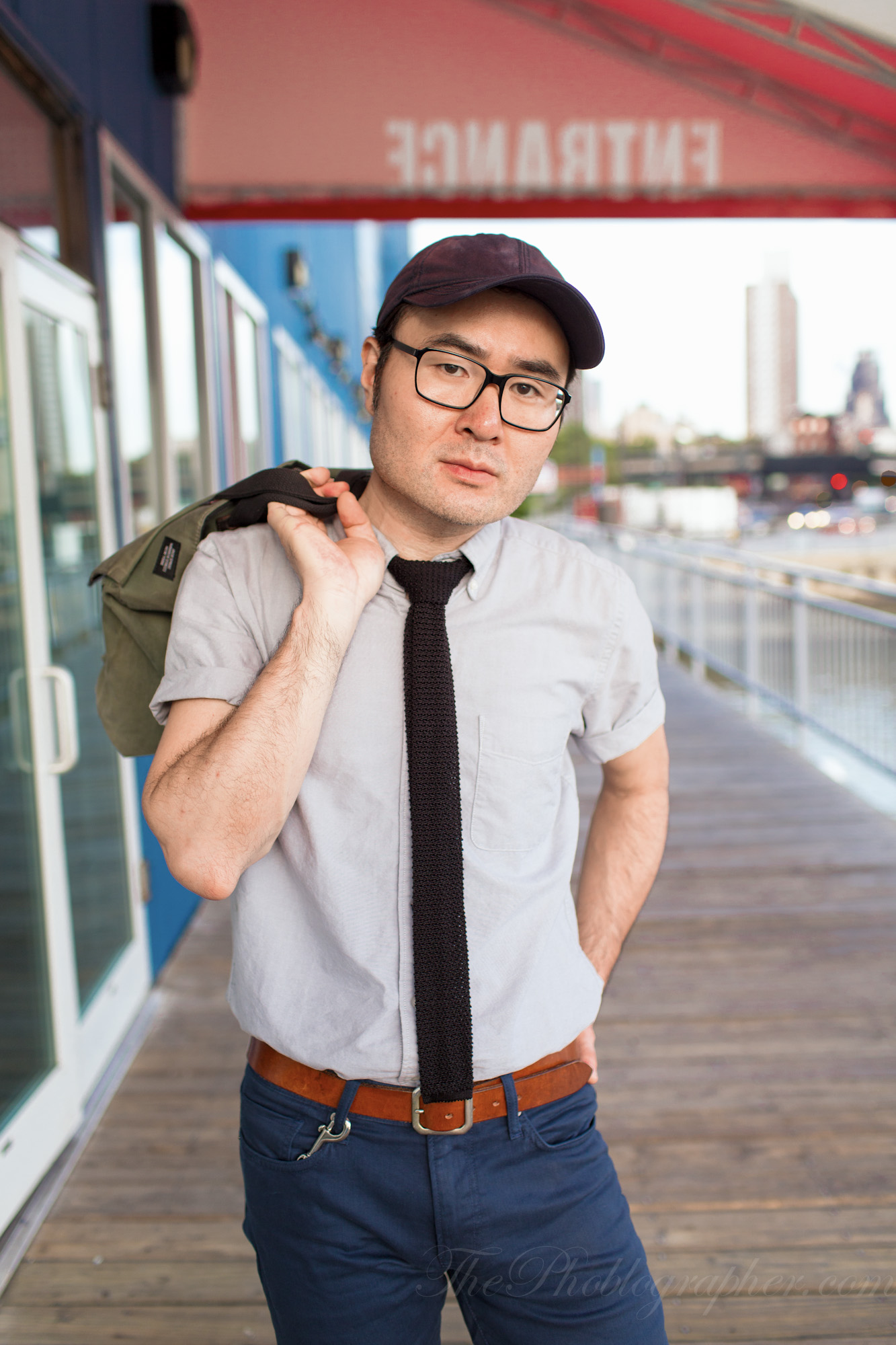
Please Support The Phoblographer
We love to bring you guys the latest and greatest news and gear related stuff. However, we can’t keep doing that unless we have your continued support. If you would like to purchase any of the items mentioned, please do so by clicking our links first and then purchasing the items as we then get a small portion of the sale to help run the website.



